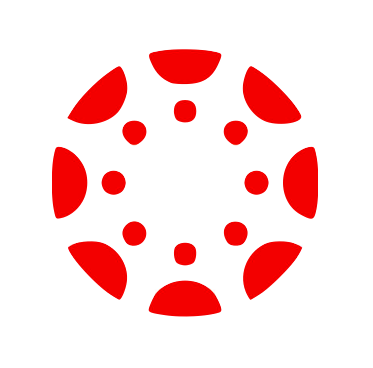Guide 7A Endocrine System
Products
Quiz, Media, & Portfolio Directions
Review Guide 7A Contents
Endocrine System Objectives
Endocrine Organs
Hormones
Stress
Metabolism
Endocrine System Quiz
Endocrine System Media
Introduced in Stress section of this guide:
For this media piece, you are designing and carrying out a mini study of your own stress. This can be qualitative (finding variables) or quantitative (testing variables). If you are already monitoring stress as part of your body data collection plan, select a different aspect of stress to study. You are designing this mini study and turning in your procedure and results.
As always, exercise care and safety in all self-study procedures.

Possible examples of self-study of your own stress:
- Take an online stress survey and reflect on the results, as well as critiquing the quality of the survey.
- Try different activities and reflect on your perception of time during each activity.
- Monitor heart rate at different times of day related to different activities that may be stressful, including things like studying, Zooming a class, etc.
- Collect different people’s ideas about stress and write about how your most stressful events compare to other people’s events.
- Develop a space intended to reduce stressful triggers and monitor your response.
What you are turning in:
- A summary of your mini stress study including your procedure and why you chose this form of data collection.
- Your results from this short study, including the data you collected and your interpretation of the data. If part of the results feel too personal to share, you can leave that part out and indicate that you chose to do so.
Sometimes reflecting on stress can reveal concerns that were otherwise hidden. If you need assistance with stress management or simply a professional to weigh in, OSU’s CAPS program is available to all enrolled students.
Human Biology Portfolio
Portfolio Directions
The mini stress study could be an excellent addition to the portfolio, demonstrating mastery of planning, experimental design, or an understanding of homeostasis. Review the outcomes to see where this best fits for you.




